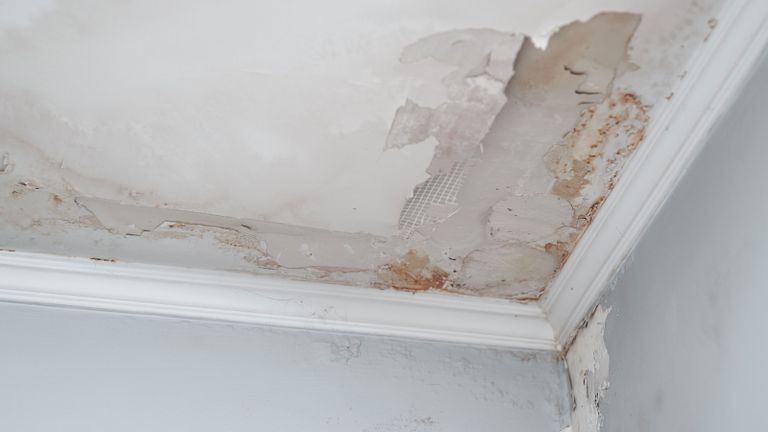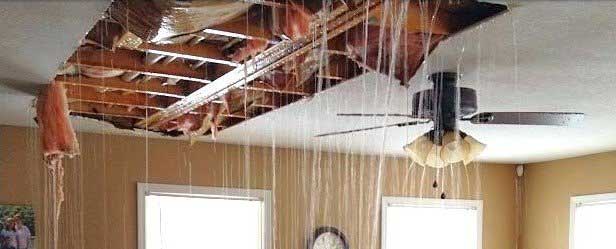We've stumbled on this great article pertaining to Preventing Fires and Water Damage In Your Home down the page on the web and concluded it made sense to share it with you in this article.

Water provides life, yet water intrusion on some components where it's not supposed to be can result in damages and also hassle. In enhancement, houses with water damage scent moldy and also old.
Water can come from lots of sources like hurricanes, floodings, ruptured pipes, leakages, and also sewer issues. It's better to have a functioning knowledge of security precautions if you have water damage. Below are a few standards on exactly how to manage water damage.
Do Prioritize House Insurance Coverage
Seasonal water damage can originate from floods, seasonal rains, and wind. There is likewise an event of an unexpected flood, whether it came from a defective pipeline that all of a sudden bursts into your home. To safeguard your residence, get house insurance that covers both acts of God such as all-natural catastrophes, and emergencies like busted plumbing.
Do Not Neglect to Turn Off Utilities
When disaster strikes and you remain in a flood-prone location, turn off the major electric circuit. Turning off the power stops
electric shocks when water can be found in as water functions as a conductor. Don't fail to remember to shut off the major water line shutoff as a means to prevent more damage.
If the floodwaters are obtaining high, maintain your furnishings secure as they can move around and create added damages.
Do Remain Proactive and Heed Weather Notifies
If you live in a location pestered by floods, remain ready as well as aggressive at all times. Listen to the information as well as discharge warnings if you live near a body of water like a creek, river, or lake.
Don't Ignore the Roof
Your roofing contractor needs to take care of the damaged gutters or any type of other indications of damages or weakening. An inspection will stop water from moving down your walls as well as saturating your ceiling.
Do Pay Attention to Small Leaks
A burst pipeline does not take place in a vacuum cleaner or over night. There are red flags that can draw your attention and also show to you some damaged pipes in your house. Indications of red flags in your pipes consist of bubbling paint, peeling wallpaper, water touches, water discolorations, or trickling audios behind the wall surfaces. There are indications that the pipe will certainly break. If you see these indicators, don't wait for an escalation. Repair service as well as inspect your plumbing fixed before it causes substantial damage to your home, finances, and a personal headache.
Do Not Panic in Case of a Ruptured Pipe
Timing is vital when it comes to water damage. If a pipeline bursts in your house, right away closed off your main water shutoff to cut off the resource and avoid even more damages. Call a trusted water damages restoration expert for help.
Water gives life, however water intrusion on some parts where it's not meant to be can result in damage and also trouble. In enhancement, residences with water damage smell old as well as musty.
Seasonal water damages can come from floodings, seasonal rains, and also wind. Signs of red flags in your pipes include gurgling paint, peeling off wallpaper, water streaks, water spots, or trickling sounds behind the walls. If a pipeline ruptureds in your home, right away closed off your major water shutoff to cut off the resource and also prevent more damage.
Water Damage Do's and Don'ts
Do's
- Always use rubber gloves to protect your hands & rubber boots to protect your feet and legs.
- Damage from water and bacteria growth can begin within hours. Call for professional help. Remove as much water as possible by mopping and blotting with sponges.
- Pull up wet rugs and carpets if hardwood floors are below.
- Lift draperies off the floor, loop through a coat hanger and place the hanger on the drapery rod.
- Wipe furniture, prop up wet furniture cushions for even drying and place aluminum foil under furniture legs.
- Move photos, paintings, art objects, computers, other electronics and valuables to a safe, dry location.
- Do not remove books from shelves. Pack them tightly to prevent page warping until a restoration professional can begin this specialized drying.
- Ventilate wet areas. Turn on air conditioning for faster drying in summer (only if there is no visible mold) and winter, alternate cycles of opened windows and heating. Also, open drawers, closets and cabinet doors to enhance drying.
Don'ts
- Do not enter rooms where there is wet and sagging ceiling!
- Do not enter a room with standing water until electricity has been turned off.
- Do not use a regular household vacuum to remove water.
- Use heat to dry closed building interiors. Mildew and more moisture damage can occur.
- Do not use electrical appliances while on wet carpet or flooring.
- Do not disturb visible mold.
https://www.myknowledgebroker.com/blog/personal-insurance/water-damage-dos-and-donts/

We were shown that write-up about Ways to Reduce The Risk Of Fire And Water Damage from a friend on another blog. Do you know about somebody who is sincerely interested in the niche? Feel free to share it. I cherish reading our article about Reducing Your Risk Of Water And Fire Damage At Home.
Comments on “Do's & Don'ts of Water Restoration.”